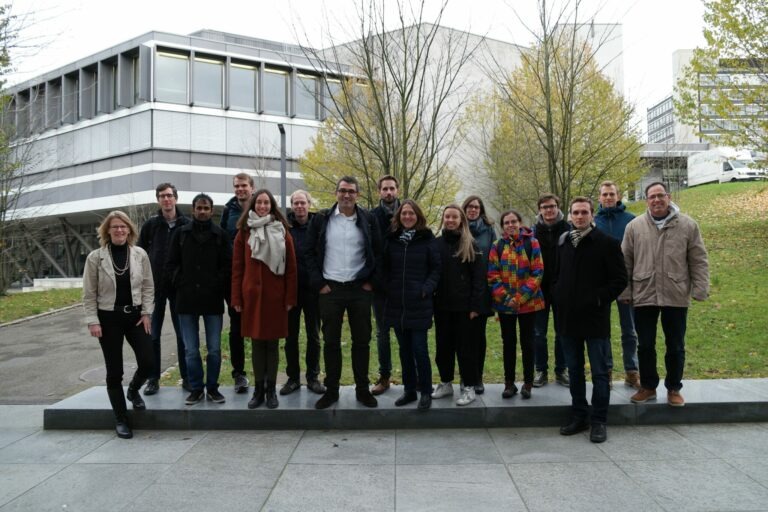We are happy to announce that after just about half a year from the project start, the first results of the CLASSY project are now available from the Wennemers team at ETH. Read all about the latest developments in organocatalysis in: Jasper S. Möhler, Tobias Schnitzer, Helma Wennemers. Amine Catalysis with Substrates Bearing N-Heterocyclic Moieties Enabled by Control over the Enamine Pyramidalization Direction. Chem. Eur. J. 2020, 26, 15623 –15628 DOI: 10.1002/chem.202002966
accelwpadmin
CLASSY: what does the origin of life have to do with modern industry?
by accelwpadmin
Where, how and when did life originate? Or, more simply put, Where do we come from? Molecular synthesis, the series of reaction processes needed to build the simplest components of life, is at the basis of life itself. Yet, we still don’t know what type of reactions were responsible for the genesis of life’s first building blocks. Molecular synthesis is also at the foundation of many industrial sectors, from drug development in the pharmaceutical industry, agricultural and household product development in the chemical industry, aroma and scent creation in the food and perfume industries to many more. Yet state-of-the-art molecular synthesis used in today’s industries is unsustainable, as it requires many intermediate reaction steps, each producing vast amounts of waste products (e.g., 25-100 kg of waste for each kg of product for pharmaceutical drugs). Living cells can synthesize an enormous variety of complex products in a single ‘cell reactor’, overcoming the need for many intermediate steps.
An international, multidisciplinary consortium of researchers has set out to create, within the framework of the European Union’s Horizon 2020 Research and Innovation Programme, a new type of chemical reactor for molecular synthesis that mimics living cells. During the 4-year CLASSY project the team of researchers from five European countries aims to revolutionise molecular synthesis and develop a unique chemical reactor able to combine multiple biocatalysis, carrying out compartmentalized and programmable reactions in a similar way as living cells do, limiting the amount of waste generated. Achieving this will not only require high-tech microfluidic compartments and programmable reactions, but also significant developments in the fundamental understanding of molecular synthesis. Thus, CLASSY will bring benefits to modern industrial procedures, by developing a new technology that will constitute an important leap towards a limited-waste, sustainable, green factory of the future, alongside contributing significant advances in basic knowledge on the dynamics of molecular synthesis, likely to have exciting implications for furthering our understanding of the origin of life.
“The vision of having a dynamic cell-like system sounds almost like science fiction, but definitely something to strive for. Having an inspiring goal motivates our work and this end goal should be enough motivation to get the project going.” says a researcher from the CLASSY project. With this ambition and the enthusiasm to become game-changers in chemical synthesis, 18 members from the multidisciplinary consortium kicked off the CLASSY project on November 12-13th 2019 at ETH Zürich, Switzerland. The EU has committed 3.08 m euro in funding to the project’s budget.
Besides four leading research groups with expertise in systems chemistry, biocatalysis and microfluidics, the team also includes two companies specialized in microfluidic technology and project management, communication, dissemination and exploitation.
Project Partners:
- Biohybrid Materials and Systems Chemistry Group, Universidad Autónoma de Madrid, ES (coordinator)
- accelopment AG, CH
- Laboratory for Systems Chemistry, Ben-Gurion University of the Negev, IL
- Laboratory of Organic Chemistry and Chemical Biology, ETH Zürich, CH
- Physical-Organic Chemistry Research Group, Radboud University Nijmegen, NL
- Organic and Bioinorganic Chemistry Group, Universität Graz, AT
- Micronit Microtechnologies B.V., NL

